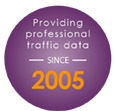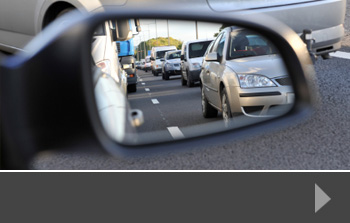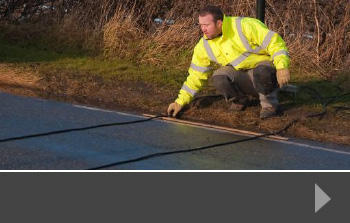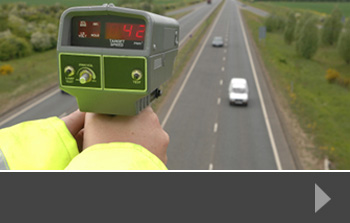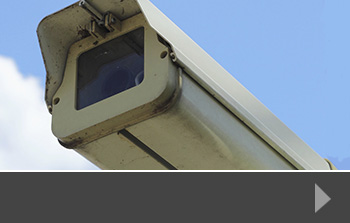Is infrastructure keeping pace with development?
At a time when local authorities are under pressure to approve new housing developments, it’s important to reflect on the other changes needed to cope with additional populations in already-busy areas. Key to this is understanding the pressure on local infrastructure, like the road network, and this is something that a detailed traffic survey can help with.
Stagecoach highlights the problem
Recently, Stagecoach North East wrote a strongly-worded letter to elected local politicians in the Tees Valley area, pointing out its concerns about the impact of congestion on its bus drivers and passengers as a result of what it perceives as poor infrastructure planning. The letter suggested that it costs Stagecoach North East £1m per year to put on extra services to try and keep services on time, saying that average bus speeds have fallen by 4% in the past four years.
Where new developments are approved and built, but no significant improvements are made to the road system, congestion is bound to increase. This not only has a significant effect on average journey times; it reduces air quality and increases the likelihood of accidents.
Keeping ahead of the game
Part of the problem is that much of the UK’s general road system requires updating. Whilst major routes are being expanded to cope with increased traffic, many other standard routes are not. And yet these are busy routes for commuters, freight transport and more. Planners need to think ahead – not just about the volume of traffic using the road now, but using predictions that take into account a growing population, a change in the way people work and live, and the introduction of new transport technology.
This is certainly a daunting – and expensive – task, but it’s the better alternative to leaving the current road network to cope with the strain of too much use. Authorities and highways departments need to have a clear idea of the current state of play so that they can look at ways of easing congestion, promoting cleaner travel, situating developments where the network can cope, or investing in new road networks to lighten the load.
The best way to do this is to start with a range of traffic surveys. Knowing how the roads are used at particular times of day, what sort of traffic is using them, what the average journey times are, and which routes people are using to avoid congestion is all highly valuable information and gives decision makes clear data to work with.
Expert help from Road Data Services
At RDS, we specialize in tailored traffic, journey time, speed and queue surveys that deliver precise data to your requirements. To find out more, contact us today.

